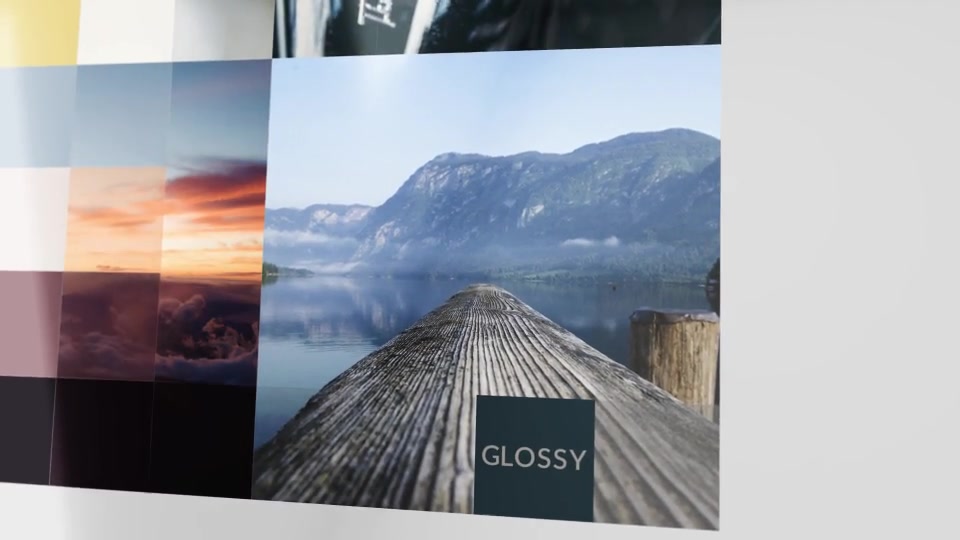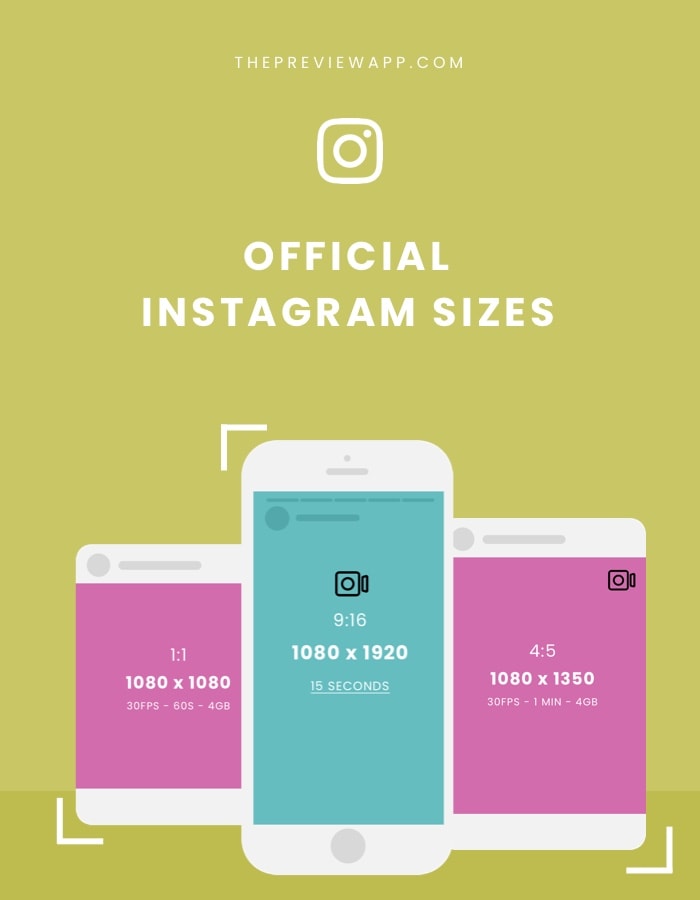
Let’s say you’ve been given horizontal footage, or you want to take footage from another project (that’s been shot horizontally).

That’s why ads tend to use a vertical 9:16 ratio, as well as most TikToks and Reels you see on your feed. If you’re creating an advertisement, you’ll want to take as much screen space as possible. The downside of wider video is that you’ll not take up as much valuable retail space on a user’s phone. Still, they’ll leave you cutting the composition by two-thirds to make the image vertical, which is more user-friendly for Instagram. Aspect ratios like 16:9 allow you to fit more information width-wise. The wider aspect ratio acts as a traditional video. The video codec required (if you need this information) is as follows: Speaking of, let me quickly go over the codec required by Meta (the owner of Instagram). Instagram will automatically convert the footage for you, so it’s best to max out the size to get the best look. While that holds for mobile, Instagram can now be viewed from a desktop at a max size of 1080 x 1080.Ī good rule of thumb is always to use at least a 1080 canvas. Those of you with experience working with Instagram may remember that the canvas size was once 640 x 640. The maximum file size for videos up to sixty minutes is 3.6GB.

It’s designed for you to shoot and edit everything on your phone.
#Instagram square video resolution update
Instagram was designed as a mobile platform, and the app has gone through update after update to look like the app you now know and love. Strengthen your social media presence now! Here are the steps to make, edit, and upload your videos to Instagram.


 0 kommentar(er)
0 kommentar(er)
